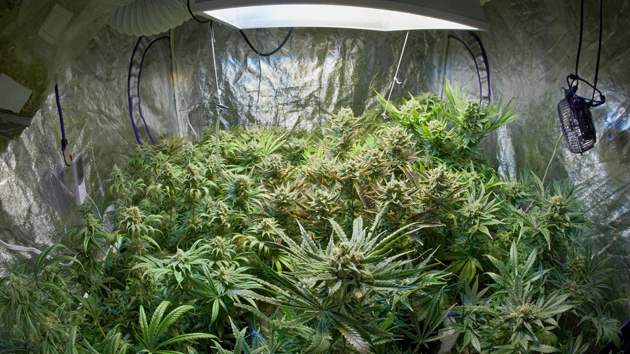
k86/DGDESIGN/Marcos Mesa Sam Wordley/Photostudio7380/Shutterstock
When comparing seven commonly used recreational drugs, marijuana clocks in as by far the least dangerous, nearly 114 times safer than the most dangerous drug concluded in a new study—alcohol.
This is according to research recently published in Scientific Reports, which examined the exposure risks of heroin, meth, alcohol, cocaine, ecstasy, tobacco, and marijuana, by individuals. While previous studies have long suggested marijuana use poses a lesser mortality risk than alcohol—a point commonly cited in calls to increase legalization in more states—such a wide margin was not previously known.
In the new study, researchers also concluded that the deadly risks of alcohol have most likely been severely underestimated. Alcohol and tobacco (the fourth deadliest drug) are the only two substances in the study that are generally legal for adult use in the United States.
The findings come as more states appear to be coming around to the idea of marijuana legalization. Earlier this week, Alaska became the first red state to legalize pot, and Washington D.C. is preparing to do the same in just a few days. The recent passage of the $1.1 trillion federal spending bill marked a huge step towards ending the war on medical marijuana with the inclusion of an amendment preventing the Department of Justice from using funds to prosecute medical marijuana dispensaries.
Researchers behind the study said their results should encourage lawmakers to move away from the “current prohibition approach” under federal law, and opt for a more “strict regulatory approach” instead. The study also suggested a “risk management prioritization” that emphasizes a focus on alcohol and tobacco, rather than illicit drugs.
















